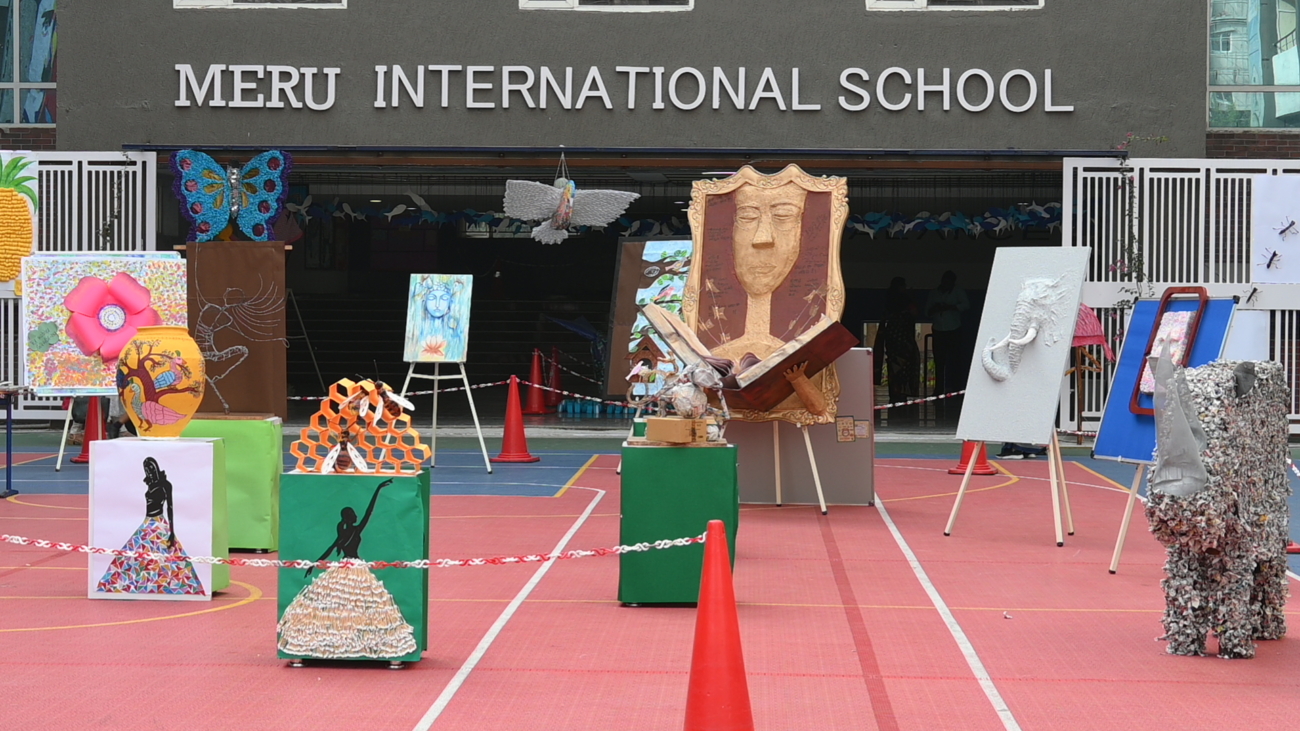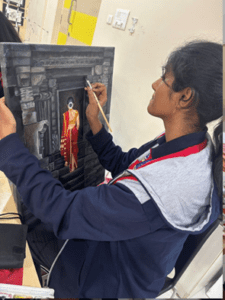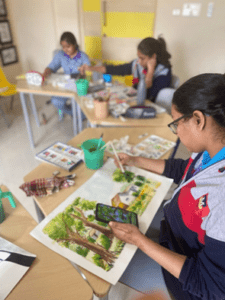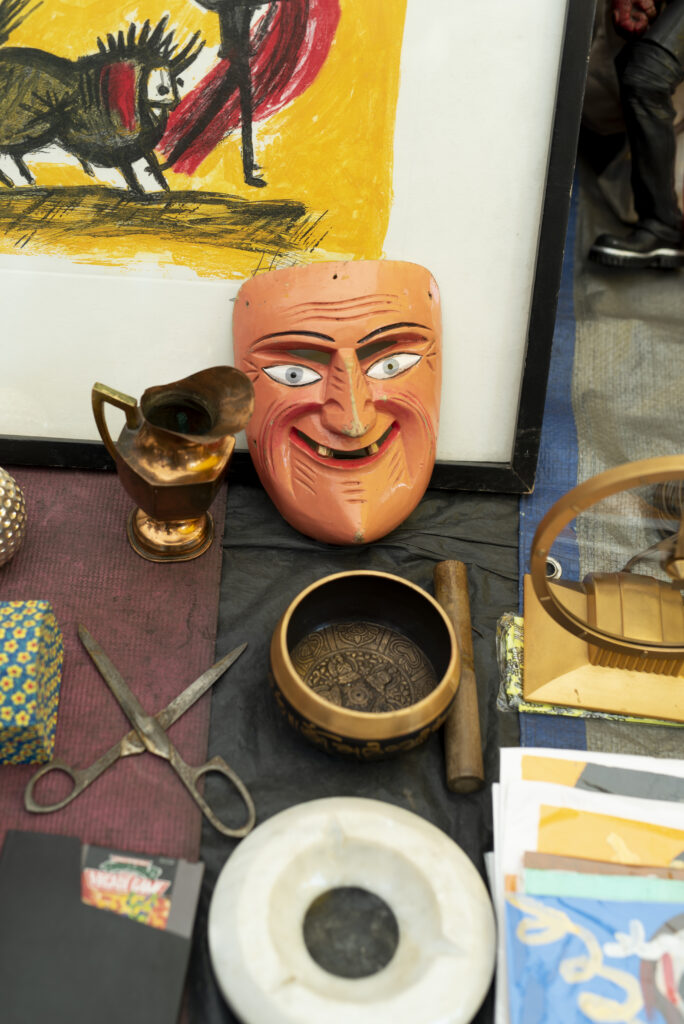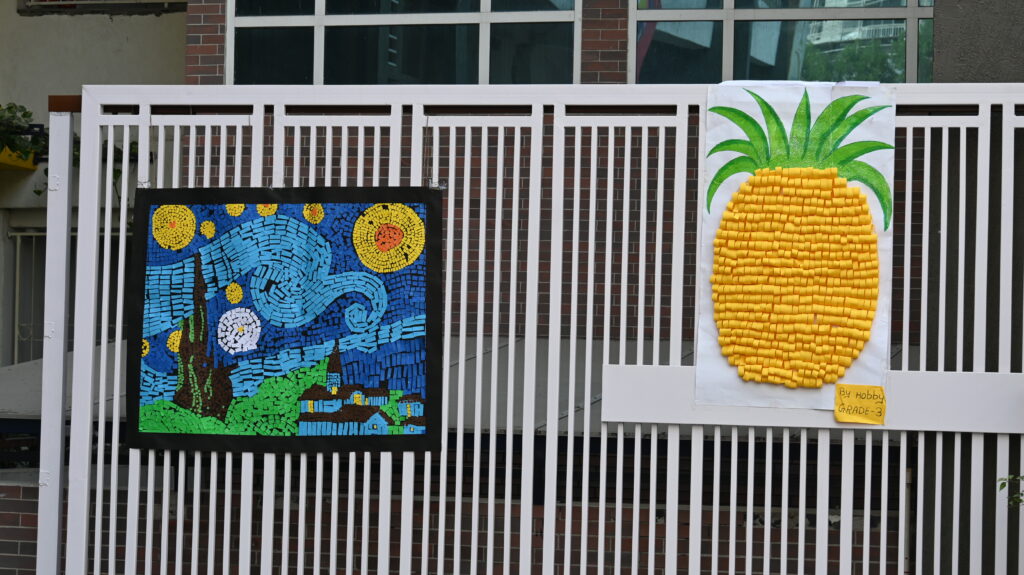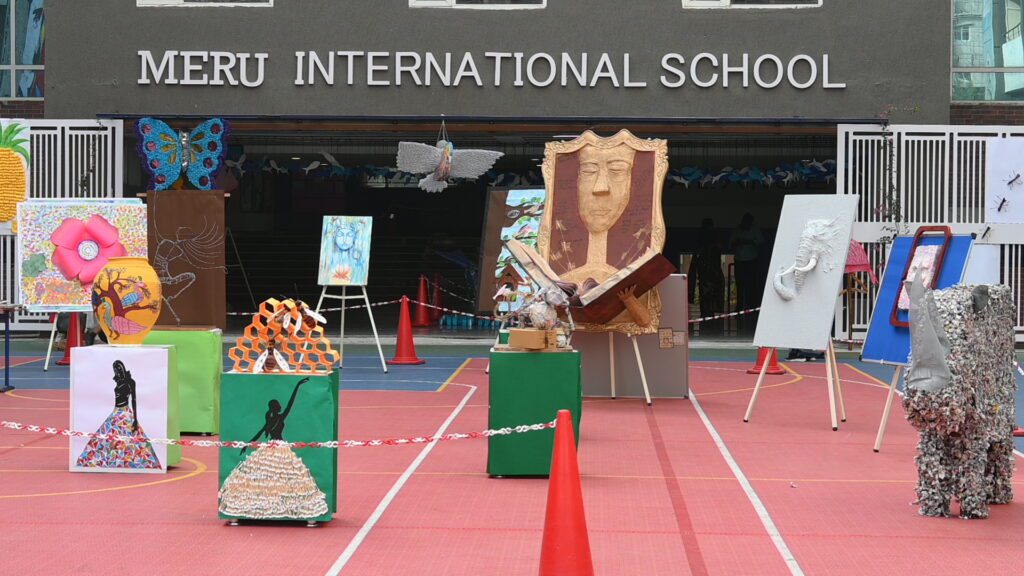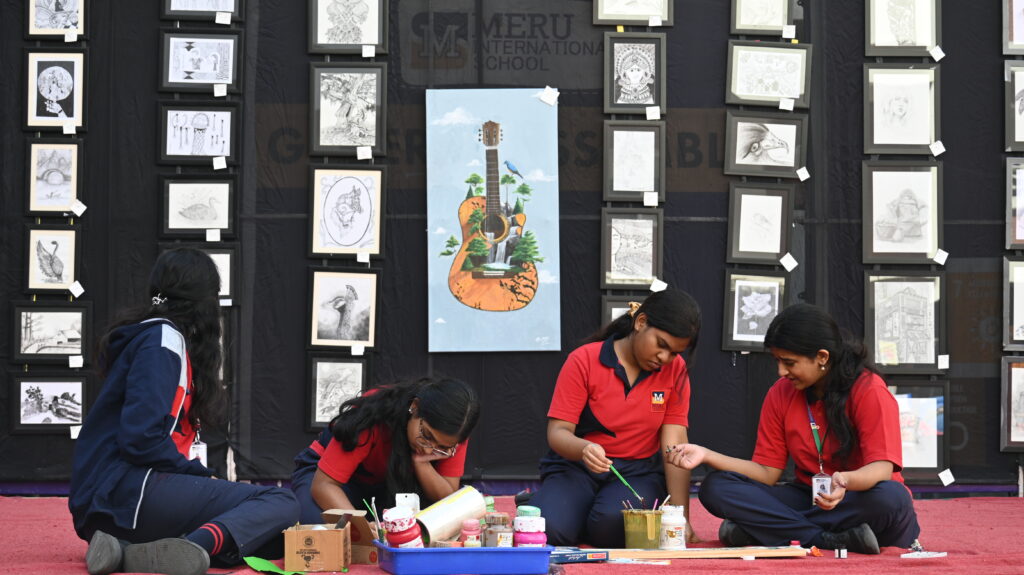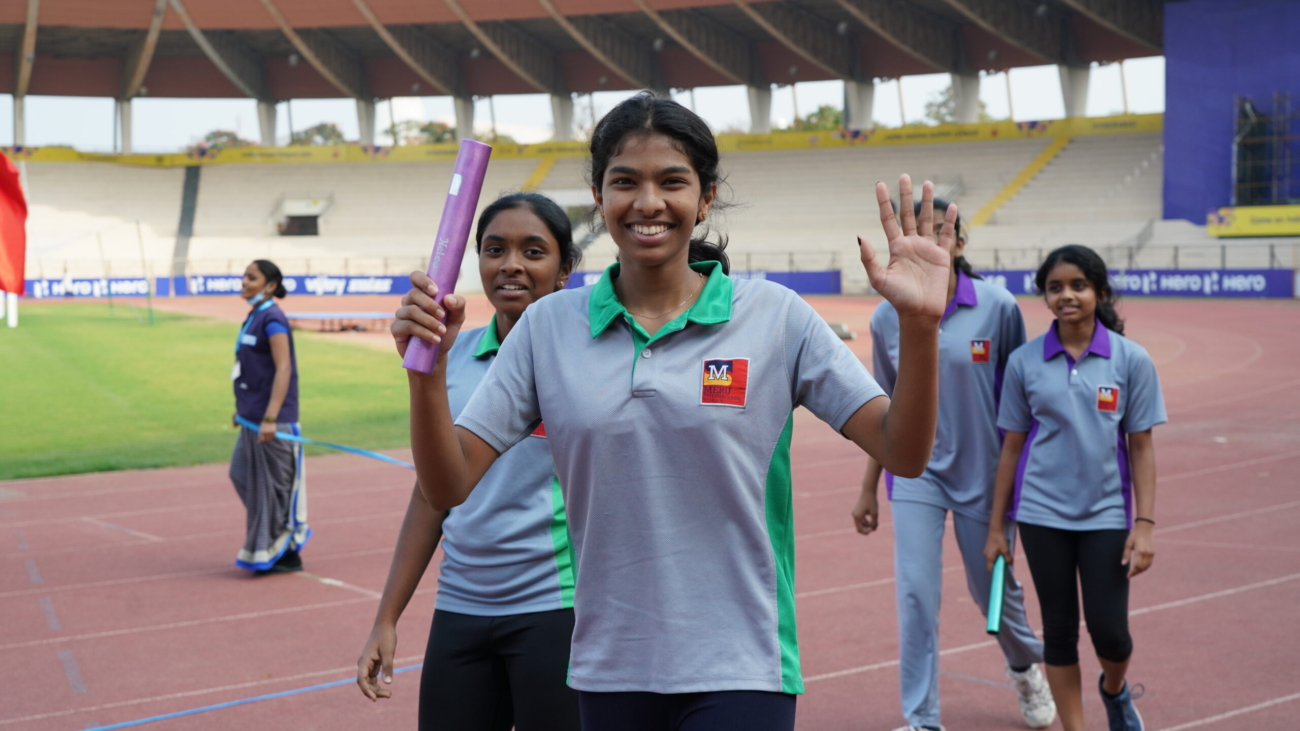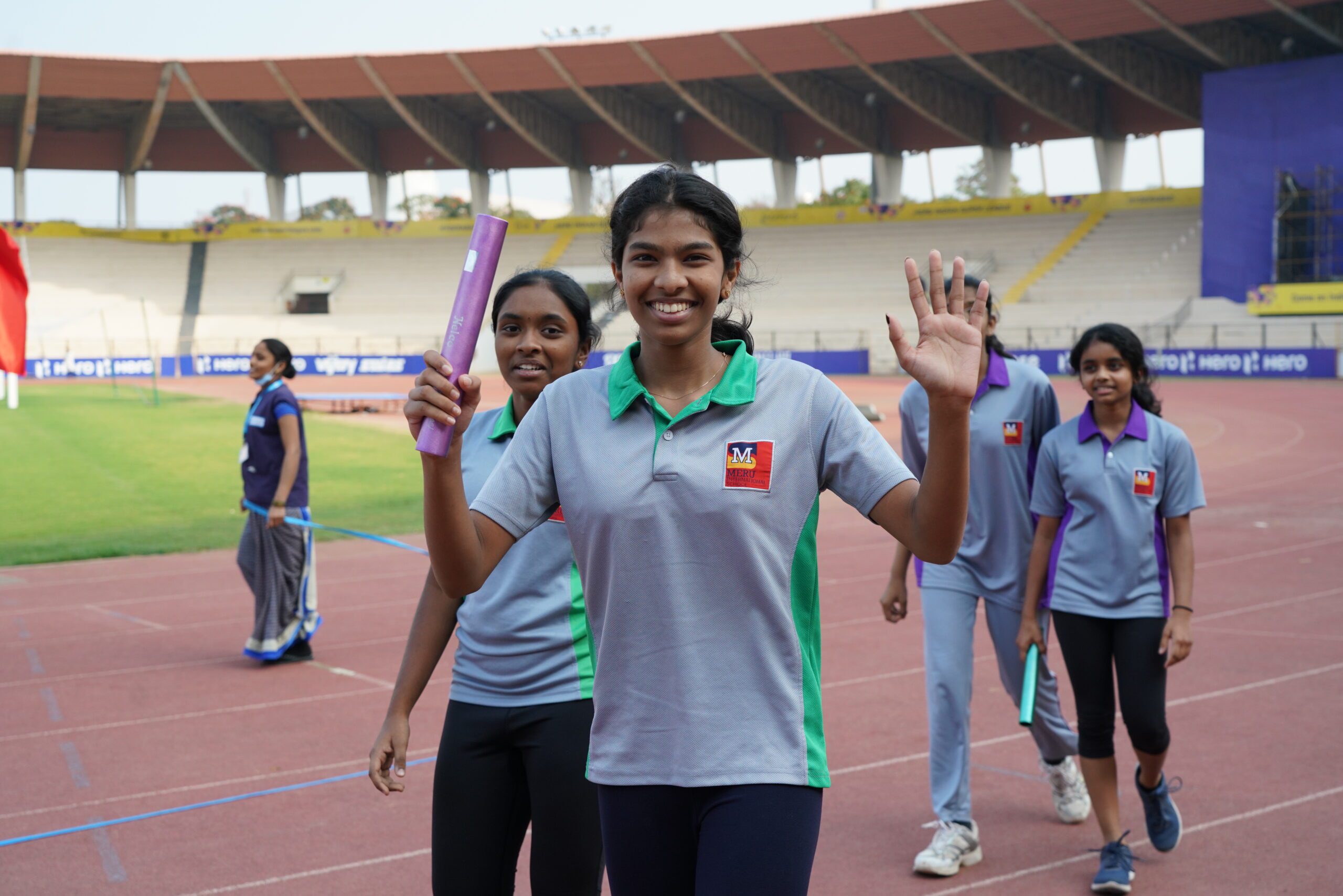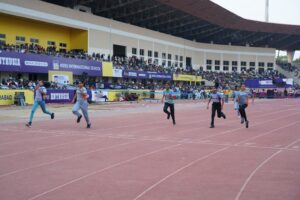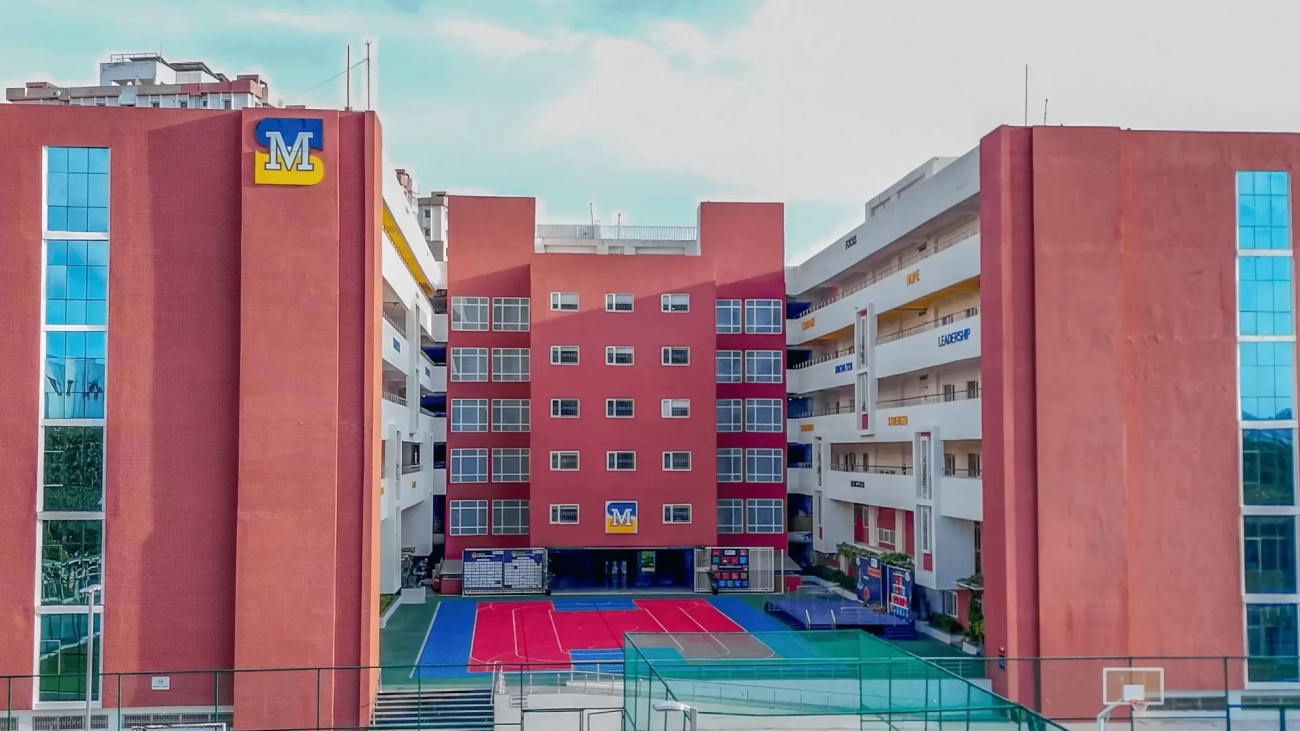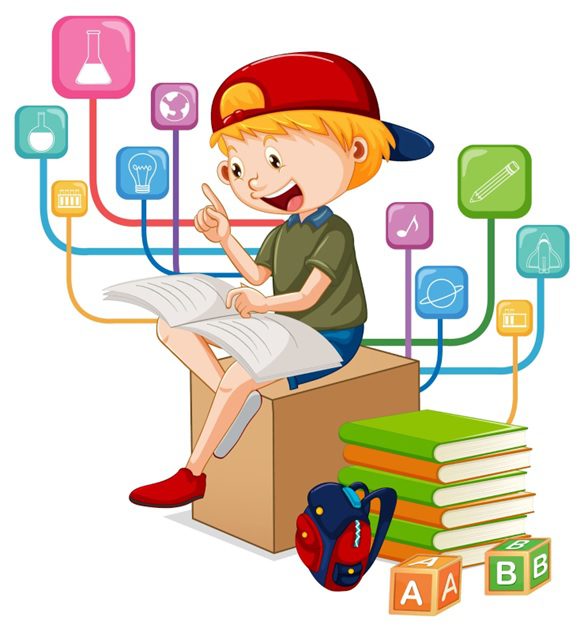Mathematics is often perceived as a challenging subject, yet it holds immense potential to spark curiosity, creativity, and a deeper understanding of the world around us. At MERU School, we believe that Mathematics goes beyond numbers and equations—it is a dynamic tool that connects disciplines, fosters critical thinking, and prepares students for real-world challenges. Through innovative approaches such as PE integration, art integration, interdisciplinary learning, and career connect, MERU School has transformed the way students perceive and engage with Mathematics.
1. PE Integration in Mathematics
Physical Education provides an engaging platform for students to experience Mathematics in action. For instance, understanding coordinate geometry becomes an enjoyable activity when students map movements on a playground using Cartesian planes. Similarly, the concept of the number system can be demonstrated through group games where students physically represent integers, fractions, or decimals, fostering kinesthetic learning. These activities not only make abstract concepts tangible but also reinforce teamwork and spatial awareness.

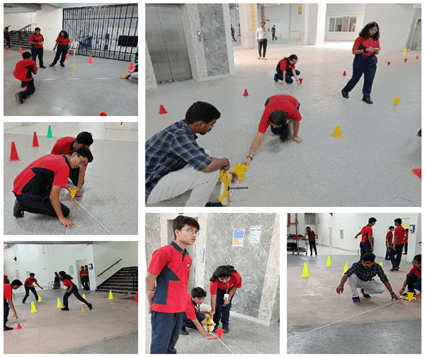
2. Mathematics and Art: A Harmonious Blend
Physical Education provides an engaging platform for students to experience Mathematics in action. For instance, understanding coordinate geometry becomes an enjoyable activity when students map movements on a playground using Cartesian planes. Similarly, the concept of the number system can be demonstrated through group games where students physically represent integers, fractions, or decimals, fostering kinesthetic learning. These activities not only make abstract concepts tangible but also reinforce teamwork and spatial awareness.


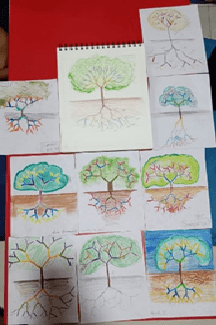
3. Interdisciplinary Learning: Mathematics Meets Physics
The integration of Mathematics and Physics offers an excellent opportunity to contextualize theoretical concepts. For instance, the concept of parallelism can be effectively demonstrated using mirrors in a Physics experiment, linking it to the Mathematics topic of Lines and Angles. Through such hands-on activities, students develop a deeper understanding of the interplay between disciplines, fostering analytical thinking and problem-solving skills.
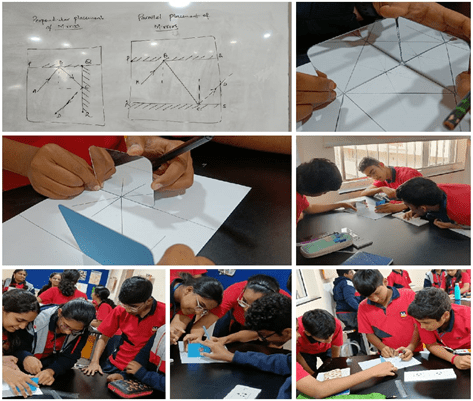
4. Career Connect: Preparing for 21st-Century Skills
MERU School is committed to equipping students with 21st-century skills by connecting Mathematics to real-world careers and applications. Through workshops, career talks, and project-based learning, students explore fields such as architecture, engineering, data science, and finance, where Mathematics is pivotal. Application-oriented teaching methods—such as designing scaled models, analyzing statistical data, or programming algorithms—help students see the relevance of Mathematics in their future careers. These approaches not only inspire learners but also prepare them for global challenges. MERU Career Department & MERUTSAV
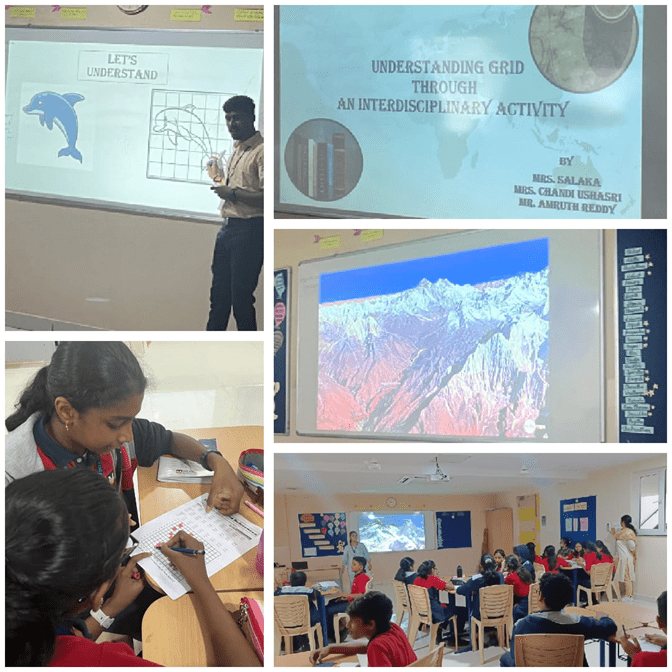
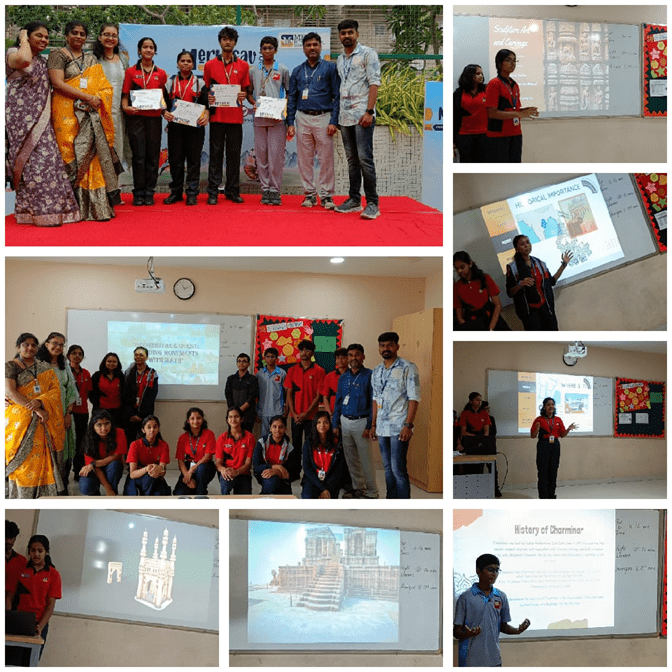
5. Practical Approach to Learning
MERU School emphasizes a practical approach to learning, enabling students to connect classroom concepts to everyday experiences. Activities such as building 3D models to understand geometry, calculating probabilities in games, or analyzing real-life data to learn statistics make Mathematics engaging and relatable. By encouraging students to think critically and apply their knowledge, we transform Mathematics from a theoretical subject into a life skill.


At MERU School, our innovative teaching methodologies ensure that Mathematics is not just a subject to be learned but a journey to be experienced. By integrating PE, art, interdisciplinary learning, and career connect, we ignite a passion for Mathematics in our students. These creative approaches foster a deep understanding of concepts, develop critical thinking skills, and prepare students to thrive in a rapidly evolving world. Through our efforts, Mathematics becomes a bridge that connects knowledge with creativity, theory with practice, and education with real-world applications.
#MeruInternationalSchool #MeruMiyapur #MeruTellapur
#CBSESchoolHyderabad #CambridgeCurriculum #Innovativeeducation #HolisticLearning
#FutureReadyStudents #MathMadeFun #SchoolsInHyderabad #BestSchoolsInHyderabad




